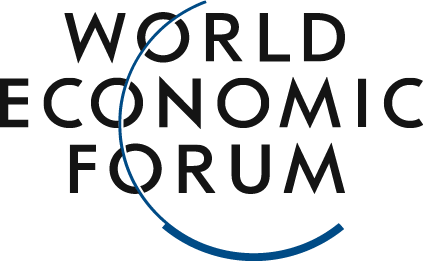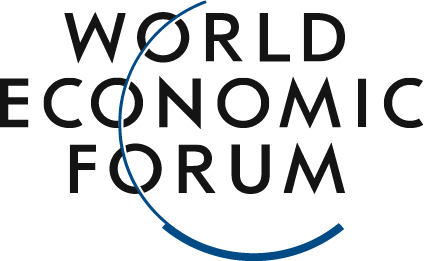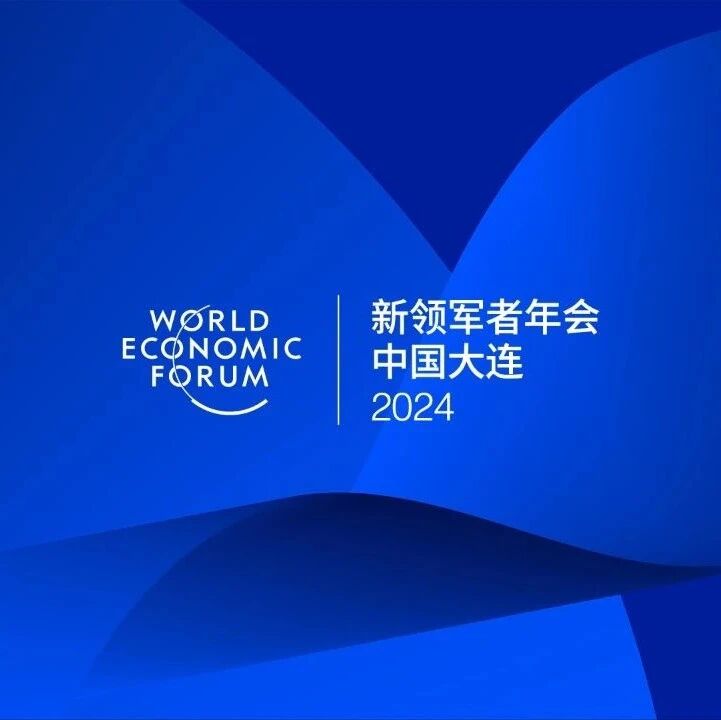The Kunming-Montreal Global Biodiversity Framework aims to phase out $500 billion in harmful subsidies by 2030 and mobilize $200 billion annually for biodiversity conservation.
Image source:Alonso Reyes/Unsplash
Carlos Correa
Senior Researcher at Conservation International and Ambassador for the "Mangrove Breakthrough Initiative"
Each year, governments worldwide allocate $1.8 trillion in environmentally harmful subsidies, funneling an additional $5 trillion of private investment into sectors like fossil fuels and industrial agriculture.
Policy makers can leverage fiscal policy to establish new markets through emissions trading systems and implement payment-for-ecosystem-services schemes, channeling private capital toward nature conservation efforts.
The Kunming-Montreal Global Biodiversity Framework aims to phase out $500 billion in harmful subsidies by 2030 and mobilize $200 billion annually for biodiversity conservation.
When governments allocate funding, they send a signal whose impact ripples throughout the entire economy—and often sparks a wave of private investment spending. This analogy perfectly captures the way biodiversity is treated. For too long, governments have been sending a clear, unambiguous message on this front: businesses and citizens are free to prioritize activities that exploit rather than protect our planet.Each year, governments worldwide allocate at least $1.8 trillion in subsidies that harm the environment. This $1.8 trillion, in turn, attracts an additional $5 trillion in private investment—funding industries that are equally damaging, such as fossil fuel extraction, mining, commercial fishing, and industrial agriculture. As a result, nearly 7% of global investments are being directed toward activities that threaten and degrade the natural world we depend on for our survival.Global Environment Facility CEO Carlos Manuel Rodriguez succinctly put it: "Today, no country invests more in activities that destroy nature than in those that protect it—and that has to change."Change begins with a shared vision, and the Kunming-Montreal Global Biodiversity Framework is keeping countries aligned as they move forward. Goal 18 calls for the substantial, phased-out, phase-down, or reform of biodiversity-harmful subsidies totaling $500 billion annually—subsidies that currently undermine conservation efforts. By 2030, the framework aims to mobilize at least $200 billion each year specifically for biodiversity protection.Policy makers have before them a rare opportunity to leverage their market influence and catalyze a massive reallocation of private capital—toward the urgent task of safeguarding nature—and we’re not powerless in the face of this challenge.For example, we can implement the following incentives:Designing fiscal policy—how governments allocate and spend tax revenues—is a widely accessible and direct pathway to crafting proactive incentive measures. For instance, India’s Eco-Fiscal Transfer Program uses ecological indicators to determine how public funds are distributed from the federal level to state governments—specifically rewarding states for their achievements in protecting and restoring forest cover.This setup turns nature conservation into a potential revenue source for local governments. The incentive has already proven effective in India: local authorities have shown greater discipline, voluntarily increasing their state forestry budgets by 19% within three years of the program’s launch—efforts aimed at attracting federal funding.Environmental taxes are another effective tool for promoting ecological incentives. Colombia introduced a carbon tax in 2016, starting at $5 per ton of carbon. This tax quickly generated hundreds of millions of dollars in revenue for biodiversity—and will become the primary funding source for the country’s new National Biodiversity Fund, which aims to manage nearly $1 billion by 2026.The government can create a new market through an emissions trading system. This system sets a cap on greenhouse gas emissions by allocating tradable permits among emitters. This solution is gaining increasing popularity: according to OECD data, carbon pricing covered more than 40% of global greenhouse gas emissions in 2021—an 8% increase from 2018.The European Union's Carbon Emissions Trading System was the world's first carbon market—and remains one of the largest. It has also given rise to successful "lighthouse factories," where, by setting caps on annual emission reductions, several EU companies are now investing in clean energy technologies. As a result, emissions from the power and industrial sectors have dropped by 37.3% since 2005.While the carbon market is perhaps the most well-known application, rights to use resources can also be limited and traded. For instance, in Argentina, the government introduced quotas in 2010 for the legal harvesting of high-value seafood. This effectively stabilized previously overfished populations while simultaneously boosting export prices.Directly paying landowners protection fees is another important tool.For example, Ecuador provides financial incentives to rural landowners who protect native forests, encouraging them to adopt sustainable land-use practices instead of unsustainable activities like logging and mining. Over the past 15 years, the local Socio Bosque program has helped conserve more than 4 million hectares by offering direct payments to landowners through established 20-year conservation agreements.The success of the Socio Bosque project and other initiatives has effectively bolstered the credibility of payments for ecosystem services, with over 500 similar projects worldwide generating annual transaction volumes totaling hundreds of billions of dollars.It turns out that payments for ecosystem services can significantly reduce deforestation rates in a variety of contexts. For instance, in the 1970s and 1980s, Costa Rica was one of the countries with the highest deforestation rates in the world, with its forest cover plummeting from more than 50% of land area in 1950 to just 24.4% by 1985. However, in 1996, the government launched an ecosystem services payment program, which has since proven so successful that forests now cover more than half of the country’s total land area.Crucially, well-designed ecosystem services payment schemes often deliver significant co-benefits, including supporting local and Indigenous communities in safeguarding their land tenure and protecting their rights.For decades, governments around the world have been encouraging actions that harm our ecosystems—but now we stand at a pivotal moment. Environmental leadership is emerging across the globe, bringing together both wealthy and impoverished nations in a shared mission for the planet.Through the Kunming-Montreal Global Biodiversity Framework, governments around the world have taken their first step toward acknowledging the current crisis. Destroying nature will only lead to our own inevitable demise. Yet, while condemnation marks a necessary start, it can achieve only so much. Now that we have viable solutions at our disposal, governments must urgently send a clear signal—both to businesses and citizens, as well as to the rest of the world—that they are fully committed to safeguarding our planet.The above content represents the author's personal views only.This article is translated from the World Economic Forum's Agenda blog; the Chinese version is for reference only.Feel free to share this on WeChat Moments; please leave a comment below the post if you’d like to republish.
Translated by: Wu Yimeng | Edited by: Wang Can
The World Economic Forum is an independent and neutral platform dedicated to bringing together diverse perspectives to discuss critical global, regional, and industry-specific issues.
Follow us on Weibo, WeChat Video Accounts, Douyin, and Xiaohongshu!
"World Economic Forum"





